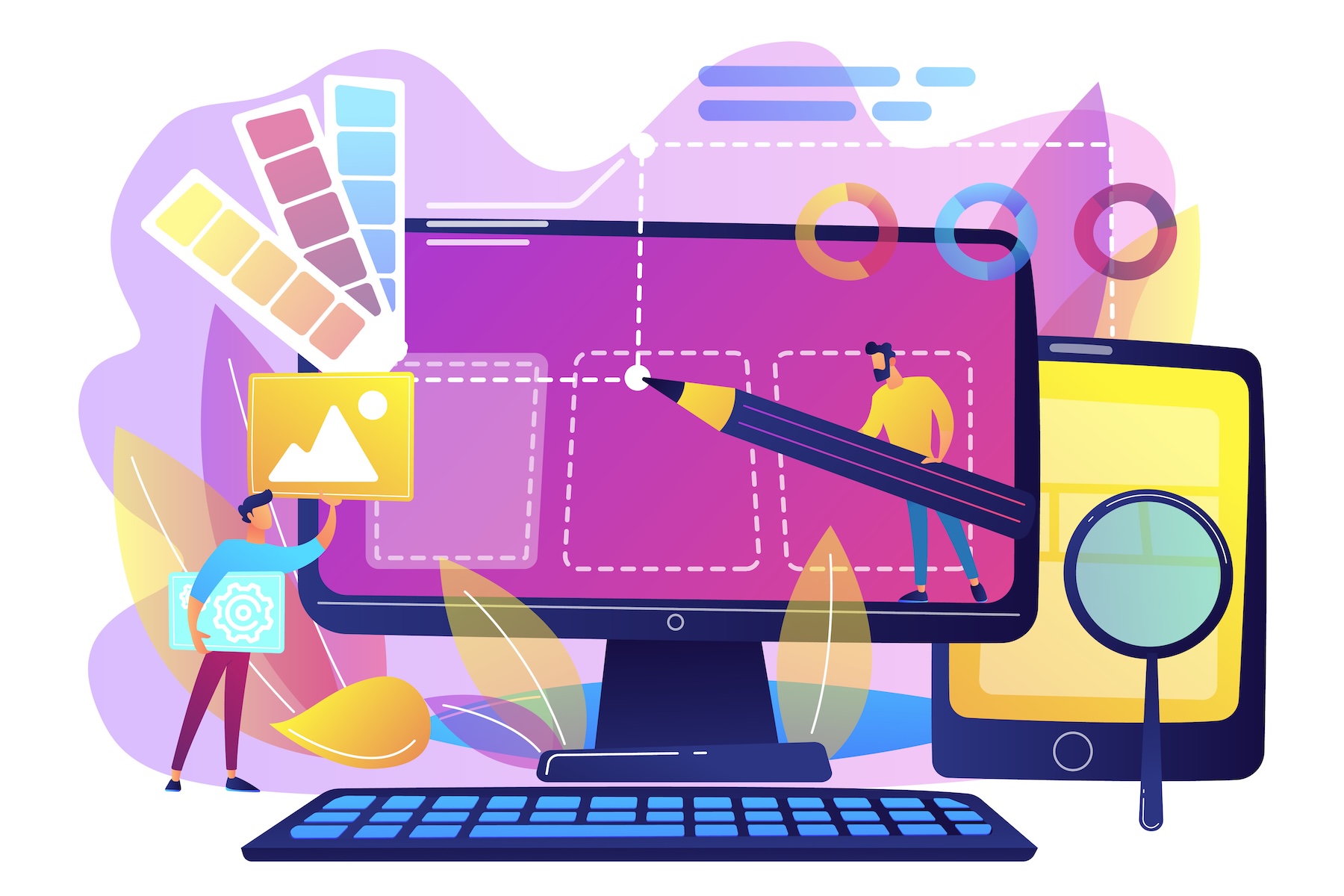When it comes to SEO, most conversations focus on keywords, backlinks, and technical optimizations. But one factor often overlooked is website design—the unsung hero of search rankings. A visually appealing and user-friendly design doesn’t just attract visitors; it keeps them engaged, reducing bounce rates and increasing dwell time—key factors in SEO success. Let’s explore the psychological aspects of design and how they impact your site’s search performance.
First Impressions Matter
Your website has approximately 50 milliseconds to make a good impression on a visitor. In that blink of an eye, users decide whether to stay or leave. A well-organized layout, cohesive color scheme, and professional look establish trust and credibility. On the flip side, poor design signals low quality and pushes users away.
From an SEO perspective, higher bounce rates caused by bad design can hurt your rankings. Google interprets a swift exit as a signal that your site doesn’t meet user expectations.
Navigation and User Flow
Clear navigation is like a roadmap for your visitors. It helps them find the information they need quickly, improving their experience and extending their time on your site. Breadcrumbs, intuitive menus, and logical flow are critical.
Good navigation impacts:
- Dwell Time: Visitors stay longer, signaling value to search engines.
- Conversions: A seamless flow encourages visitors to take desired actions.
For example, an e-commerce site with poorly structured navigation may lose potential customers—and valuable search traffic—simply because users can’t find what they’re looking for.
Mobile Design and SEO
In 2024, more than 60% of website traffic comes from mobile devices. Responsive design isn’t optional; it’s a necessity. A poorly designed mobile experience leads to high abandonment rates and decreased rankings. Features like touch-friendly buttons, fast-loading pages, and simplified layouts are essential.
Google’s mobile-first indexing means it primarily evaluates your mobile site when determining rankings. A clunky mobile experience could jeopardize your visibility across all devices.
The Role of Color and Typography
Colors and fonts are more than aesthetic choices—they influence emotions and behavior.
- Blue tones evoke trust and stability, often used by financial institutions.
- Bright colors can create urgency, while soft tones calm the user.
Similarly, typography impacts readability. Clean, legible fonts prevent users from abandoning your site out of frustration, indirectly supporting SEO efforts by reducing bounce rates.
Speed: A Design and SEO Priority
Design decisions like oversized images, animations, or cluttered layouts can slow your site. Page load speed is a direct ranking factor, and delays of even a second can significantly increase bounce rates. Streamlined design, optimized media, and clean code are critical to maintaining both performance and search rankings.
Calls to Action (CTAs) and User Engagement
Strategically placed and well-designed CTAs guide users toward engagement—whether it’s signing up for a newsletter or purchasing a product. High engagement metrics like clicks, shares, and form submissions indicate to Google that your site delivers value.
Conclusion
Design and SEO are deeply intertwined. A visually appealing, functional website doesn’t just look good—it performs better in search rankings. By combining strong design principles with SEO best practices, you’ll create a site that attracts and retains users, building a foundation for long-term success.

